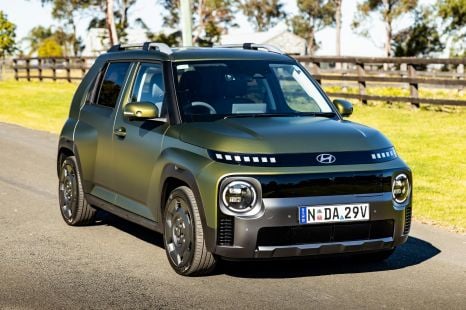

Matt Campbell
2025 Hyundai Inster Cross review
22 Days Ago
Land Rover is working on hydrogen technology, and it's doing it with one of its best-known cars.

Contributor


Contributor
Jaguar Land Rover is launching its hydrogen push.
Testing begins this year on a prototype Land Rover Defender that emits nothing but water vapour from its tailpipe.
Gone is the internal-combustion engine – a hydrogen fuel-cell will instead produce electricity to feed and electric motor, and top up the small onboard lithium-ion battery.
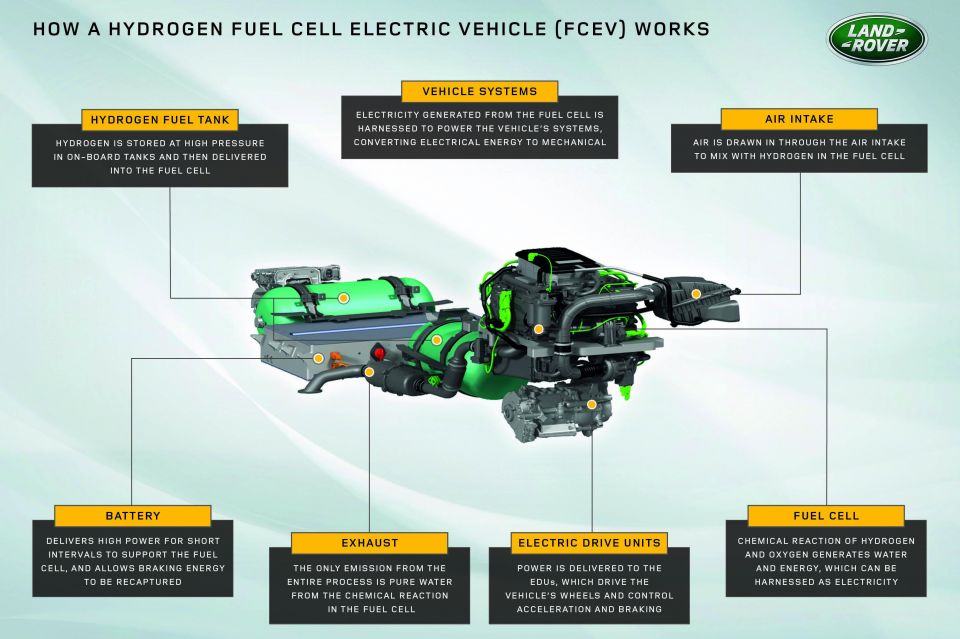
Jaguar Land Rover’s advanced engineering department, known as Project Zeus, is partly funded by the British Government-backed Advanced Propulsion Centre.
JLR will use this department to understand how a hydrogen powertrain can be optimised to deliver “performance and capability expected by its customers”.
“We know hydrogen has a role to play in the future powertrain mix across the whole transport industry, and alongside battery electric vehicles, it offers another zero-tailpipe emission solution for the specific capabilities and requirements of Jaguar Land Rover’s world class line-up of vehicles,” said Ralph Clague, head of hydrogen for Jaguar Land Rover.

The Defender project is part of a wider Jaguar Land Rover strategy to achieve zero tailpipe emissions by 2036 and net zero carbon emissions across supply chains, products, and operations by 2039.
The company says hydrogen provides such benefits as “high energy density and rapid refuelling and minimal loss of range in low temperatures”.
Since 2018, the global number of fuel-cell vehicles on the road has nearly doubled.
By 2030, forecasts quoted by Land Rover predict there could be 10 million FCEVs on the road, with 10,000 refuelling stations worldwide.
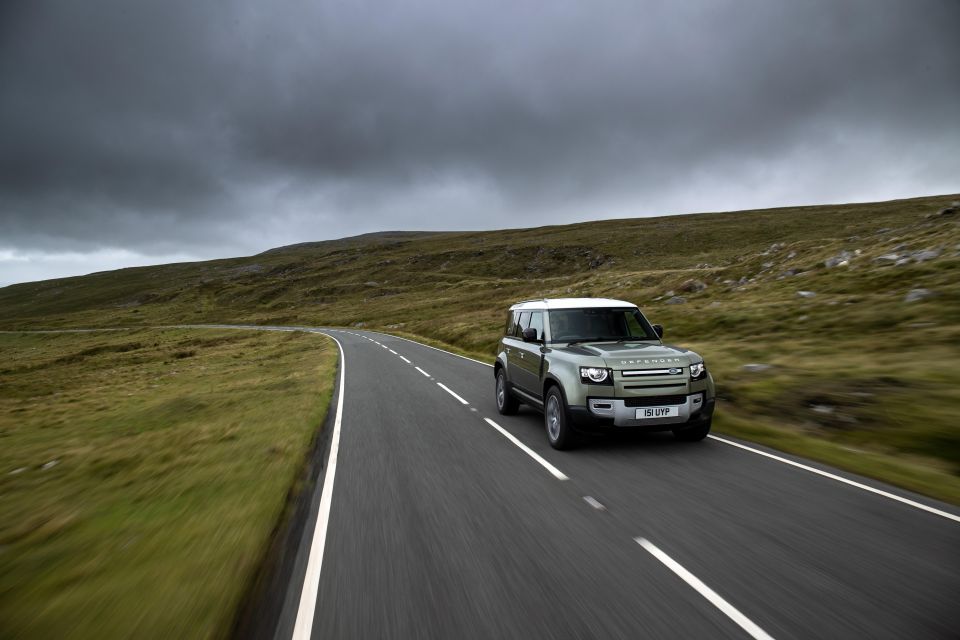
Jaguar Land Rover last month launched its Reimagine strategy, which laid out its ambitious goals for the future.
Jaguar is being reimagined as an all-electric luxury brand from 2025, while Land Rover will introduce six pure electric variants in the next five years.
All Jaguar and Land Rover nameplates will be available in pure-electric form by the end of the decade.
While the Defender fuel-cell may be years off showrooms, there are hydrogen vehicles currently offered in Australia.
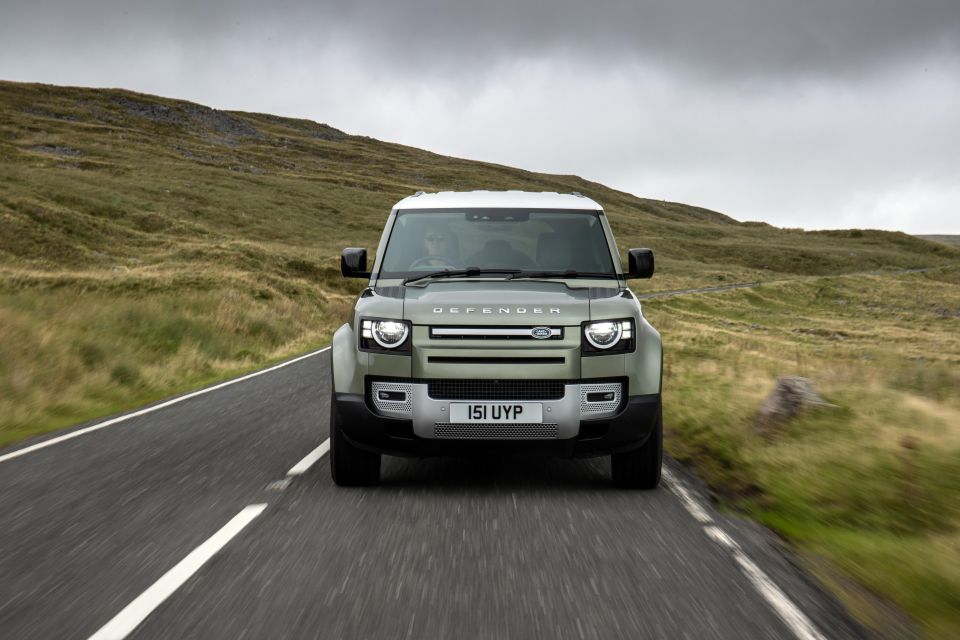
Both the Toyota Mirai and Hyundai Nexo have landed Down Under, but are only available at this stage to government fleets.
As earlier reported by CarExpert, Toyota believes hydrogen cars will be soon be widely available as refuelling infrastructure continues to grow.
The Japanese automaker hopes to see cars like the Mirai become more readily available in dealerships within two to three years.
CarExpert helps new car buyers save thousands with expert reviews, honest advice, and transparent pricing – no dealer pressure and no sales games.


Matt Campbell
22 Days Ago
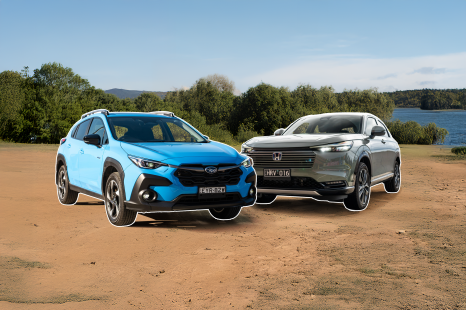

Andrew Maclean
21 Days Ago
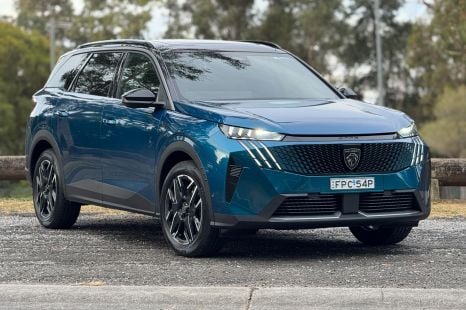

Matt Campbell
18 Days Ago


Andrew Maclean
14 Days Ago


Josh Nevett
11 Days Ago


William Stopford
9 Days Ago